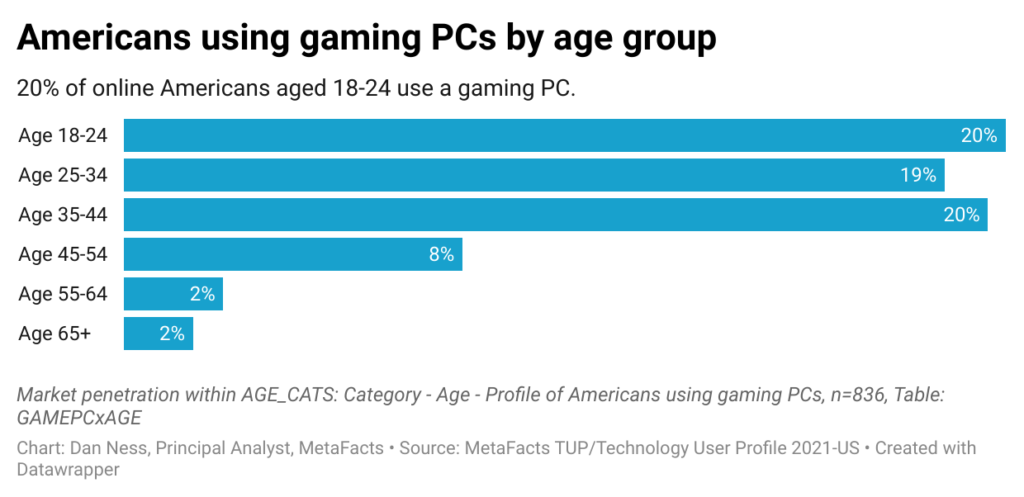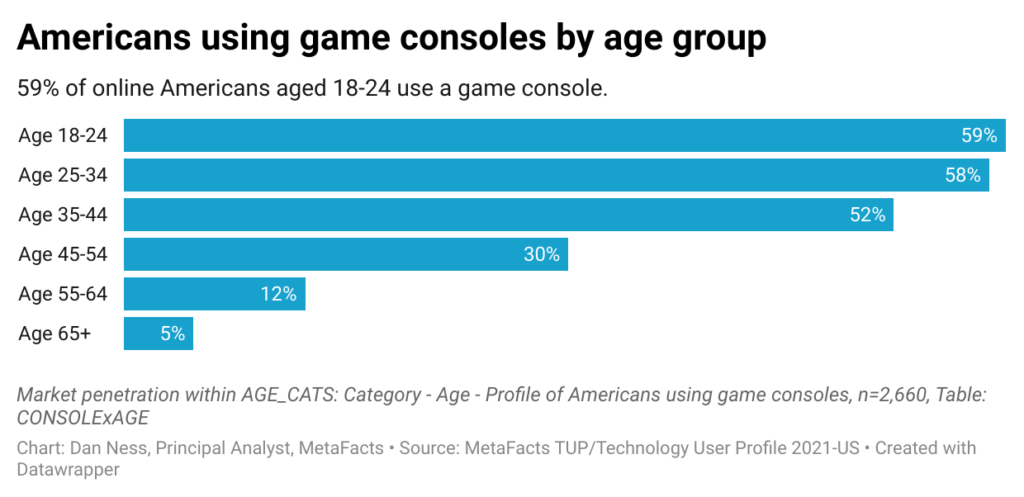How different are advantaged from disadvantaged Americans in how many tablets they use? How much has this changed since before the pandemic? How do historically socioeconomically advantaged groups such as high-income or college graduates compare to disadvantaged groups such as single parents, low-income, lesser-educated, elderly, or ethnic groups? This TUP analysis reports on the number of tablets actively used within each socioeconomic group.
Smartphone penetration by socioeconomic groups
How different are advantaged from disadvantaged Americans in whether or not they use a smartphone? How much has this changed since before the pandemic? How do historically socioeconomically advantaged groups such as high-income or college graduates compare to disadvantaged groups such as single parents, low-income, less-educated, elderly, or people of color? This TUP analysis reports on the penetration of smartphones within each socioeconomic group.
Shift in device hours by socioeconomic groups
How different are advantaged from disadvantaged Americans in how intensively they use their technology devices? How much has this changed since before the pandemic? How do historically socioeconomically advantaged groups such as high-income or college graduates compare to disadvantaged groups such as single parents, low-income, less-educated, elderly, or people of color? This TUP analysis reports on the average number of hours connected devices – mobile phones, computers, and tablets – being used by each socioeconomic group.
Profile of Americans playing games using a connected device
Game-playing is more widespread than many people realize; a regular activity of 128.8 million online Americans. Those who only follow game consoles may not realize the extent of game-playing extending to smartphones, PCs, and tablets. Game-playing is an everyday activity for 59% of online Americans. This MetaFAQs profiles the group of game-players using connected devices, detailing the critical demographic and behavioral factors distinctive from the average American online adult: age, age within gender, employment status, household size, and life stage.
Profile of American tablet game players
For most Americans, tablets are used for passive activities, from watching videos to web browsing. Game-playing is a regular activity for many. This MetaFAQs profiles the group of tablet game-players, representing 11% of online Americans, detailing the critical demographic and behavioral factors distinctive from the average American online adult: age, gender, age within gender, life stage, and number of PCs used.
Profile of American smartphone game-players
Fun is essential, even when standing in line, and a unique segment of game-players reach for their smartphones to play. This MetaFAQs profiles the sizable, if a casual, group of smartphone game-players, the 32% of online Americans using a smartphone to play games, detailing the critical demographic and behavioral factors distinctive from the average American online adult: age, gender, age within gender, employment status, household size, and life stage.
Mobile Phones TUP Lens
Smartphones have rapidly, although not completely, replaced feature phones. Smartphone users have expanded their range of activities with new uses while also increasingly migrating activities from computers and tablets. This TUP Highlights Report profiles smartphones – their market penetration, user demographic profile, regular activities, usage profile, key competitors, and purchase plans.
This TUP Highlights report includes the following sections: penetration of smartphones versus feature phones, smartphone brand share, top activities for smartphones, smartphone carrier share, smartphone usage profile, trends in technology ecosystems, major activities for a market segment, and the profile of smartphone users.
Profile of Americans using gaming PCs
Dan Ness, Principal Analyst, MetaFacts, October 9, 2021
Profile of Americans using gaming PCs
- All online American adults who regularly use a gaming PC
- They number 25.3 million – 12% of all online American adults
- Defined as using a “Gaming desktop or gaming notebook – designed for playing video games, such as with special video cards and extra memory”
- Profiled by characteristics that are distinctive
- Only profiled by those characteristics which have an index of 80 or below and 120 and above – those which are 20% above or below the average by category
- Expressed as market penetration – the percentage of online adults within each group
- Distinctive characteristics profiles
- Age, gender, age within gender
- Employment status
- Presence of children
- Household size
- Life stage (age, employment status, presence of children)
- Number of home PCs used
- Technology ecosystems
- Characteristics examined and not found to be distinct
- Educational attainment
Americans who regularly use a gaming PC by age group
- Gaming PC users skew younger
- Game console use is strongest among the youngest American adults – aged 18-44
- Penetration among online Americans aged 18-44 is 19%-20%
- Beyond age 45, the rate drops steeply

Profile of American game console users
Dan Ness, Principal Analyst, MetaFacts, October 2, 2021
Profile of American game console users
- All online American adults who regularly use a game console
- They number 77 million – 35% of all online American adults
- Profiled by characteristics that are distinctive
- Only profiled by those characteristics which have an index of 80 or below and 120 and above – those which are 20% above or below the average by category
- Expressed as market penetration – the percentage of online adults within each group
- Distinctive characteristics profiles
- Age, age within gender
- Employment status
- Presence of children
- Household size
- Life stage (age, employment status, presence of children)
- Number of home PCs used
- Technology ecosystems
- Characteristics examined and not found to be distinct
- Educational attainment
Americans who regularly use a game console by age group
- Game console users skew younger
- Game console use is strongest among the youngest American adults
- Penetration among online Americans aged 18-34 is 58%-59%
- Beyond age 45, the rate drops steeply

Home PC penetration by socioeconomic groups
How different are advantaged from disadvantaged Americans in whether or not they use a home PC? How much has this changed since before the pandemic? How do historically socioeconomically advantaged groups such as high-income or college graduates compare to disadvantaged groups such as single parents, low-income, less-educated, elderly, or people of color? This TUP analysis reports on the penetration of home PCs within each socioeconomic group.

